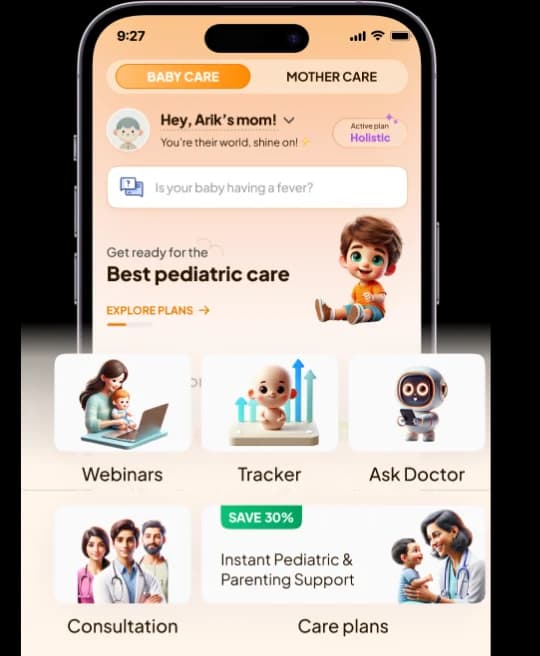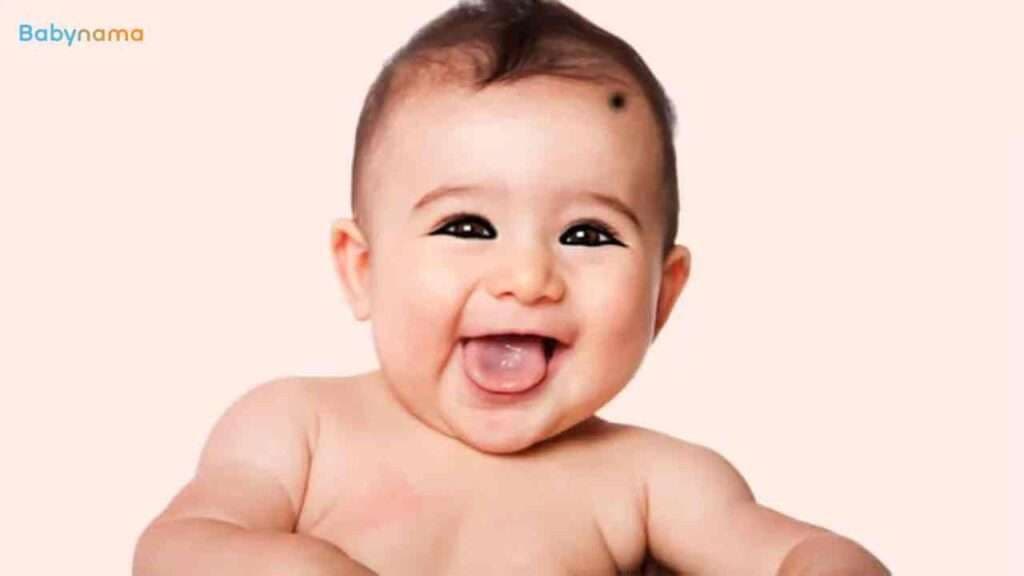
What does it mean to have a problem with sensory processing? Feeling overstimulated?
Sensory processing disorder or sensory integration disorder can impact how well you learn and how well you can live your life.
To learn more about sensory processing issues, read on.
What is Sensory Processing Disorder?
SPD (sensory processing disorder) is a neurological disease that arises when the brain cannot correctly process sensory information (stimuli). Sensory data includes sight, sound, smell, taste, and touch.
SPD is more common in children than in adults. Adults may experience symptoms from childhood. There are ways that adults deal with SPD that make it easier for them to hide from other people.
Sensory Processing Disorder (SPD) In Babies
Sensory processing disorder (SPD), also known as sensory integration dysfunction, may cause a baby’s “colic.” An individual with SPD experiences the world differently than others.
Babies with SPD are more likely to have-
- SPD can increase touch sensitivity
- SPD influences how individuals respond to their surroundings
- SPD makes feeding difficult
Newborns may have sensory modulation dysfunction, which can cause either less or more responsiveness to sensory stimuli. Sensory integration issues can lead to difficulties with motor planning and bilateral coordination. Kids can have both hypersensitivity and hyposensitivity, resulting in avoidance of sensory input or sensory cravings.
Object Interaction in Newborns and Toddlers Affected by Brain Dysfunction
- Newborns and toddlers with SPD may have altered interactions with objects due to brain dysfunction.
- They may not respond appropriately to their surroundings.
- They can be sensitive to loud noises, bright lights, and crowded situations.
- New places can also be challenging for them to feed or sleep in.






